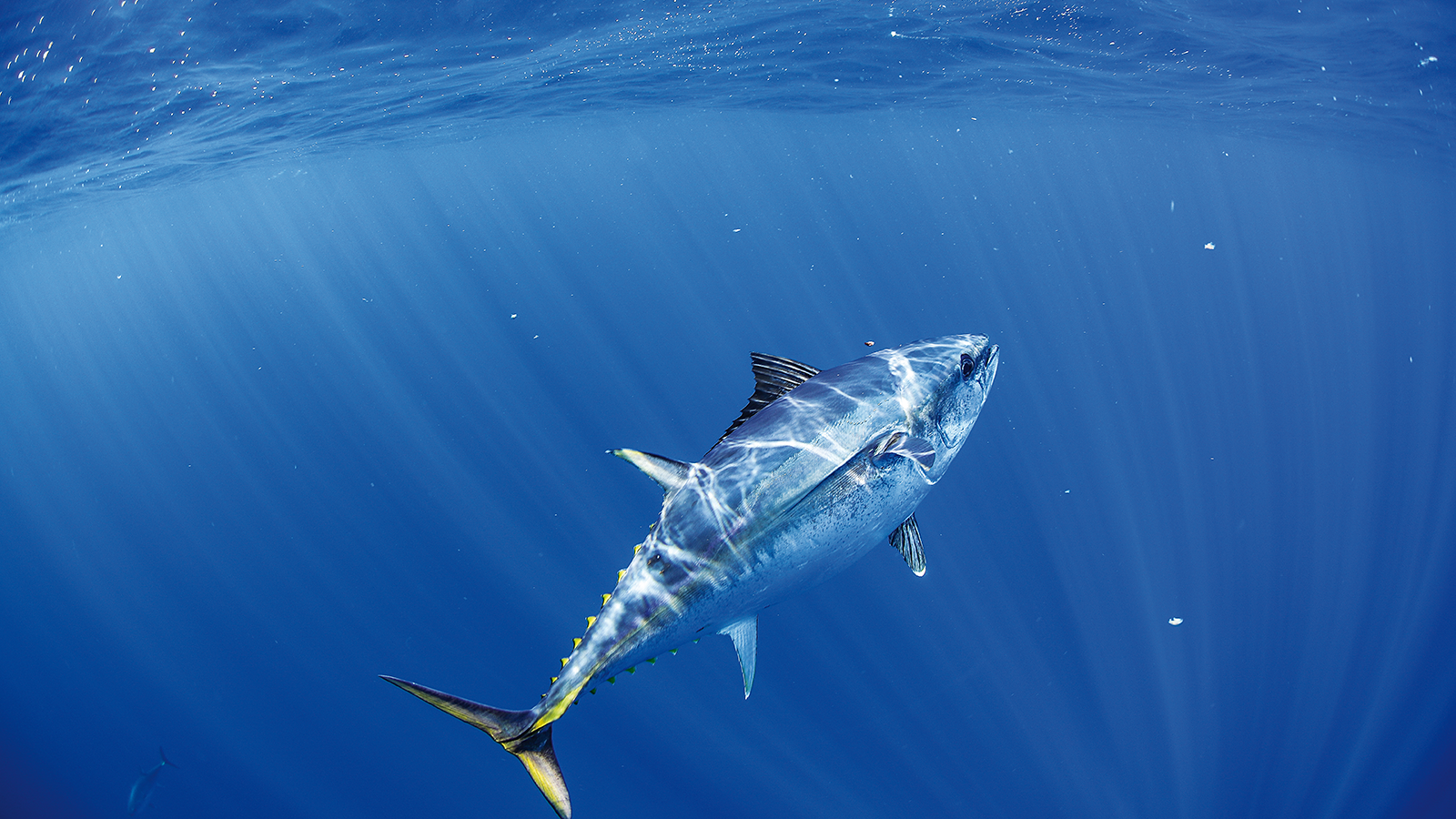Seafood CRC: market access for abalone - biotoxins
In 2010 marine biotoxins are being targeted by Chinese and Japanese authorities for import testing of Australian shellfish, including abalone. Australia is a major exporter of ‘wild caught’ abalone, with over 50 % of Australian abalone caught in 2008 exported to Hong Kong and China, therefore the results and cost of these import testing regimes can have a significant impact on this trade.
Codex are progressing an international abalone standard with proposed marine biotoxin testing components. These standards could require Australia to intensively sample abalone from the coast line and would have large cost implications for industry.
The EU have reduced requirements for biotoxins in abalone, however some end product testing of abalone for biotoxins is still required for access and this imposes additional cost on industry.
The proposed project involves testing of wild caught abalone for biotoxins. The core purpose of the data collected in the project is to improve the quality of the risk assessment. This risk assessment can then be used to support:
- negotiations towards risk based biotoxin testing requirements in the international Codex standard, and
- reduced testing requirements for abalone going to China, Japan and the EU (e.g. aim for no end product testing).
The project will also provide scientific information to support risk management strategies to assist in decision making if biotoxins ever do become an issue for abalone in Australia.
An objective in the strategic plan of the Abalone Council of Australia (ACA) is to “Determine the product quality and integrity parameters specific to each product type”. In relation to this objective, the ACA have strongly supported the development of this project, which aims to determine the quality of abalone with respect to marine biotoxins and will underpin future negotiations on international requirements for biotoxins in abalone.









